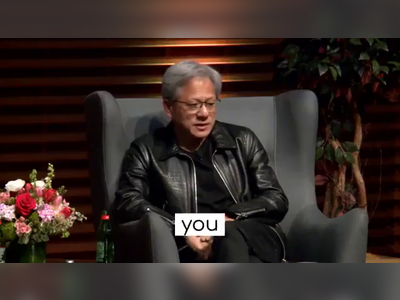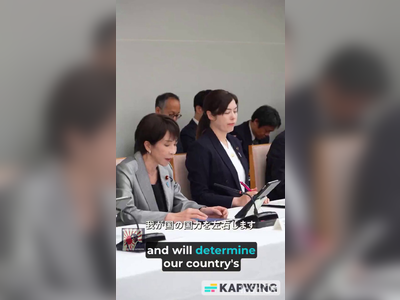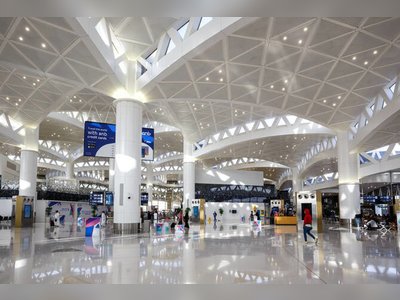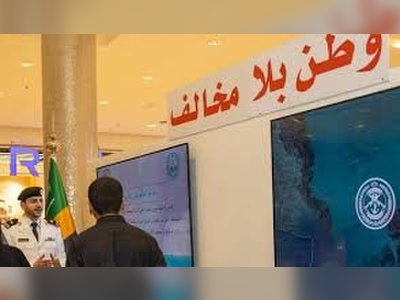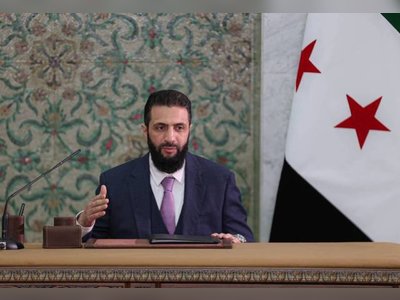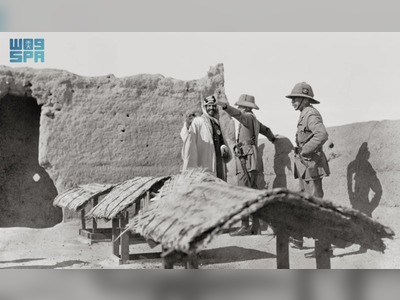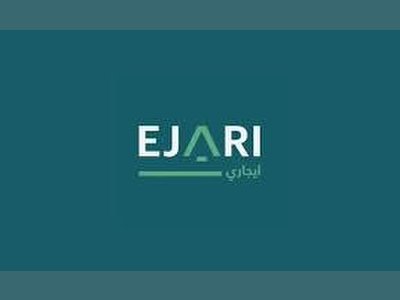
Historic Ceasefire Agreement Reached Between Israel and Hamas, Bringing Temporary Resolution to Gaza Conflict
Conflict meditated by US and Qatar sees ceasefire and prisoner exchange amid regional and global diplomatic efforts.
JERUSALEM/DOHA – A significant breakthrough was achieved as Israel and Hamas agreed to a ceasefire and prisoner exchange deal, marking an end to 15 months of intense conflict in the Gaza Strip.
This pivotal agreement, brokered with the diplomatic engagement of the United States and Qatar, represents a temporary pause in what has been an arduous conflict, with promises of humanitarian relief and prisoner exchanges between the parties involved.
US Diplomatic Role and Internal Dynamics
US President Joe Biden expressed relief with the conclusion of the ceasefire agreement that was announced on Wednesday.
The culmination of painstaking negotiations over the past eight months saw US envoys working alongside both the current and upcoming administration to mediate the terms.
While outgoing President Biden stressed the role of American diplomacy, incoming President-elect Donald Trump also highlighted his influence in securing the deal, emphasizing a united front between both administrations.
Diplomats Brett McGurk and Steve Witkoff were key figures in the final talks held in Doha.
International and Regional Reactions
The announcement of the ceasefire was met with widespread approval from the international community.
German Chancellor Olaf Scholz, Spanish Prime Minister Pedro Sanchez, and UN Secretary General Antonio Guterres, among others, praised the agreement as a necessary step towards stability and a potential path to a two-state solution.
Calls were universally made for adherence to the terms of the deal and the need for sustained humanitarian support to Gaza.
Details of the Agreement
The agreement aims to end hostilities that have ravaged Gaza since October 2023 when hostilities between Hamas and Israeli forces began.
As outlined, the initial phase will see a six-week ceasefire and the release of 33 Israeli hostages in exchange for Palestinian prisoners held by Israel.
Israeli forces are set to withdraw from urban areas in Gaza, allowing displaced Palestinians to return to their homes, and facilitating a steady inflow of humanitarian aid.
Implementation Concerns and Humanitarian Aid
There remain logistical challenges tied to the implementation of this ceasefire.
The release of prisoners and the withdrawal of Israeli forces require careful monitoring, which is being overseen by Egyptian and Qatari officials to ensure compliance.
Moreover, the agreement includes provisions for increased delivery of humanitarian aid to Gaza, where the situation remains dire with widespread destruction and shortages of basic necessities.
The Road Ahead: Phases and Future Negotiations
The agreement lays out a phased plan, where the first six weeks will be focused on stabilizing the region through the ceasefire and first wave of hostilities reduction.
Subsequently, further negotiations will aim to address complete troop withdrawal and comprehensive prisoner exchange, suggesting a complex diplomatic path ahead.
Rebuilding efforts for Gaza and governance issues remain critical areas to be addressed in future discussions.
Grassroots Response and Political Implications
On the ground, the reactions in Gaza and Israel were starkly different.
Celebrations erupted across Gaza as Palestinians viewed the ceasefire as a beneficial respite from the conflict.
Yet in Israel, the political scene remains divided with some right-wing factions expressing dissent against the agreement, led by figures like Finance Minister Bezalel Smotrich, who demands stringent conditions for continuing support of Netanyahu's coalition.
The ceasefire agreement symbolizes a momentary cessation of violence, but the momentum for lasting peace will depend heavily on the adherence to the deal’s provisions, the success of further negotiations, and the ability of international actors to maintain pressure towards a sustainable diplomatic resolution.
This pivotal agreement, brokered with the diplomatic engagement of the United States and Qatar, represents a temporary pause in what has been an arduous conflict, with promises of humanitarian relief and prisoner exchanges between the parties involved.
US Diplomatic Role and Internal Dynamics
US President Joe Biden expressed relief with the conclusion of the ceasefire agreement that was announced on Wednesday.
The culmination of painstaking negotiations over the past eight months saw US envoys working alongside both the current and upcoming administration to mediate the terms.
While outgoing President Biden stressed the role of American diplomacy, incoming President-elect Donald Trump also highlighted his influence in securing the deal, emphasizing a united front between both administrations.
Diplomats Brett McGurk and Steve Witkoff were key figures in the final talks held in Doha.
International and Regional Reactions
The announcement of the ceasefire was met with widespread approval from the international community.
German Chancellor Olaf Scholz, Spanish Prime Minister Pedro Sanchez, and UN Secretary General Antonio Guterres, among others, praised the agreement as a necessary step towards stability and a potential path to a two-state solution.
Calls were universally made for adherence to the terms of the deal and the need for sustained humanitarian support to Gaza.
Details of the Agreement
The agreement aims to end hostilities that have ravaged Gaza since October 2023 when hostilities between Hamas and Israeli forces began.
As outlined, the initial phase will see a six-week ceasefire and the release of 33 Israeli hostages in exchange for Palestinian prisoners held by Israel.
Israeli forces are set to withdraw from urban areas in Gaza, allowing displaced Palestinians to return to their homes, and facilitating a steady inflow of humanitarian aid.
Implementation Concerns and Humanitarian Aid
There remain logistical challenges tied to the implementation of this ceasefire.
The release of prisoners and the withdrawal of Israeli forces require careful monitoring, which is being overseen by Egyptian and Qatari officials to ensure compliance.
Moreover, the agreement includes provisions for increased delivery of humanitarian aid to Gaza, where the situation remains dire with widespread destruction and shortages of basic necessities.
The Road Ahead: Phases and Future Negotiations
The agreement lays out a phased plan, where the first six weeks will be focused on stabilizing the region through the ceasefire and first wave of hostilities reduction.
Subsequently, further negotiations will aim to address complete troop withdrawal and comprehensive prisoner exchange, suggesting a complex diplomatic path ahead.
Rebuilding efforts for Gaza and governance issues remain critical areas to be addressed in future discussions.
Grassroots Response and Political Implications
On the ground, the reactions in Gaza and Israel were starkly different.
Celebrations erupted across Gaza as Palestinians viewed the ceasefire as a beneficial respite from the conflict.
Yet in Israel, the political scene remains divided with some right-wing factions expressing dissent against the agreement, led by figures like Finance Minister Bezalel Smotrich, who demands stringent conditions for continuing support of Netanyahu's coalition.
The ceasefire agreement symbolizes a momentary cessation of violence, but the momentum for lasting peace will depend heavily on the adherence to the deal’s provisions, the success of further negotiations, and the ability of international actors to maintain pressure towards a sustainable diplomatic resolution.
